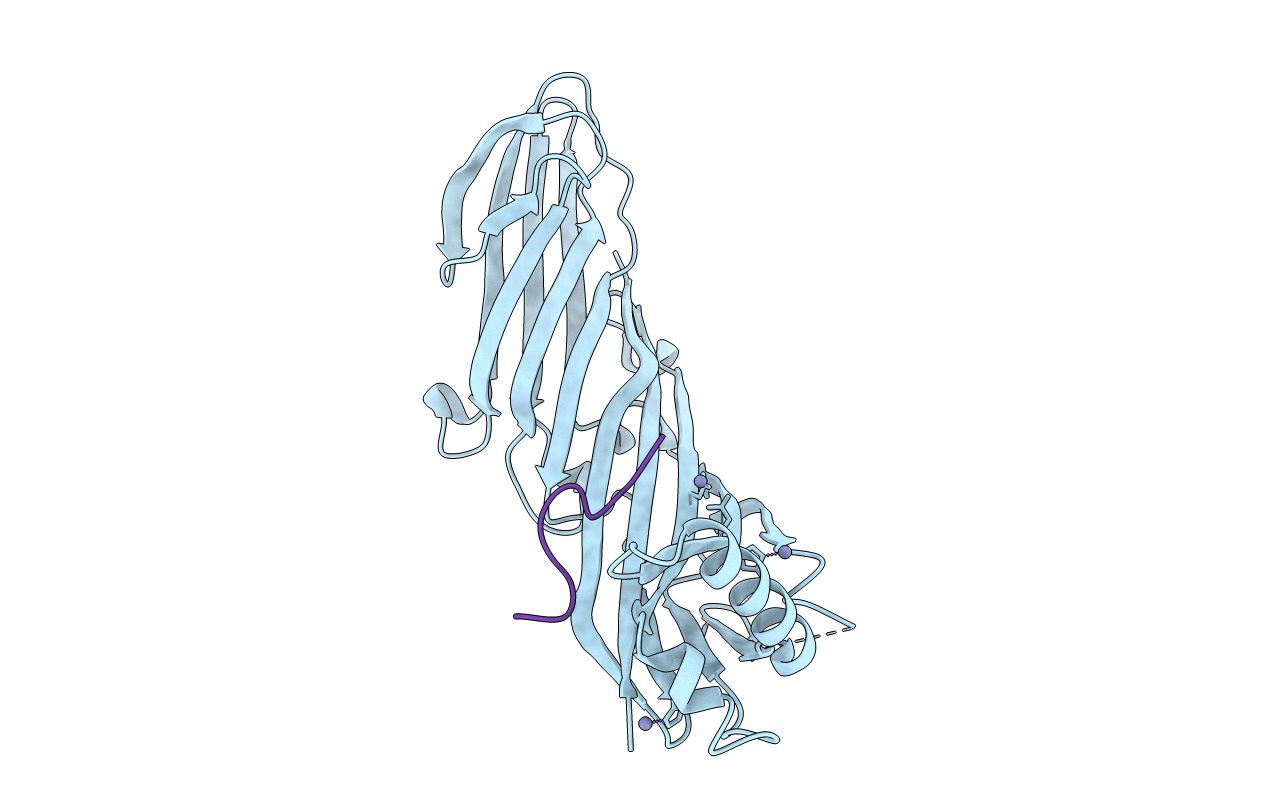
Deposition Date
2015-07-08
Release Date
2016-07-06
Last Version Date
2023-11-08
Entry Detail
PDB ID:
5AWU
Keywords:
Title:
Crystal structure of the SGIP1 mu homology domain in complex with an Eps15 fragment containing two DPF motifs (YDPFKGSDPFA)
Biological Source:
Source Organism:
Homo sapiens (Taxon ID: 9606)
Host Organism:
Method Details:
Experimental Method:
Resolution:
2.70 Å
R-Value Free:
0.24
R-Value Work:
0.20
R-Value Observed:
0.21
Space Group:
P 4 21 2


